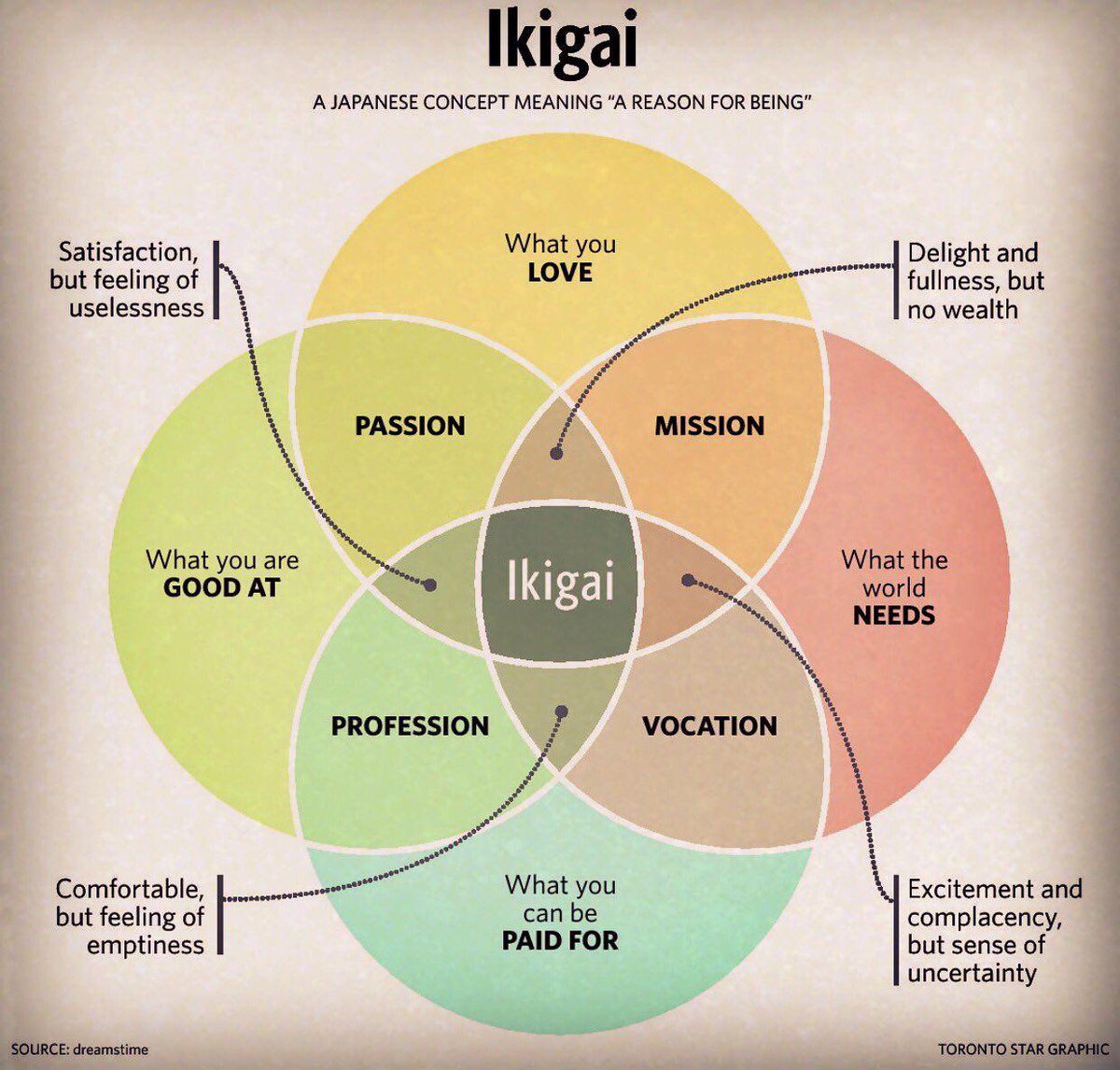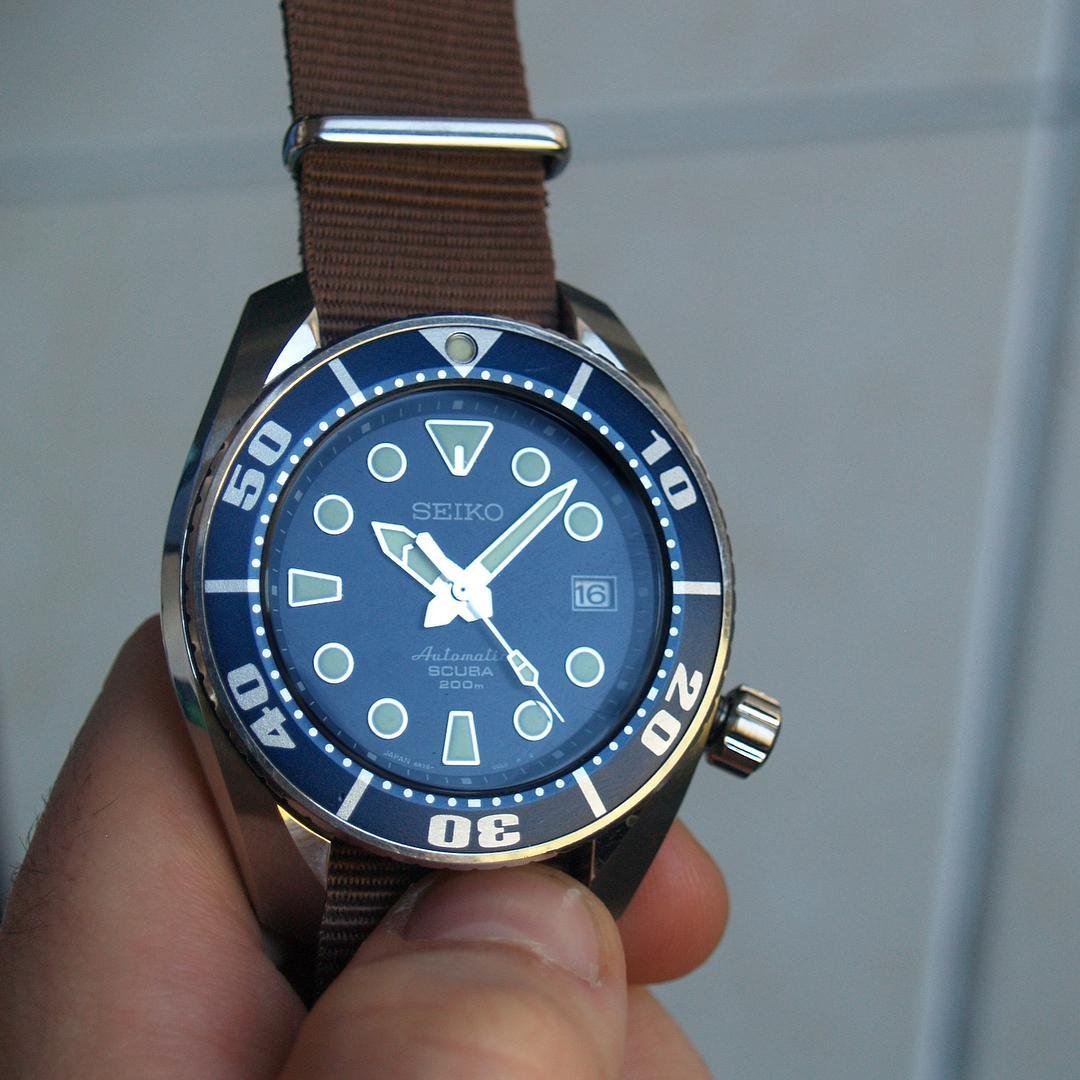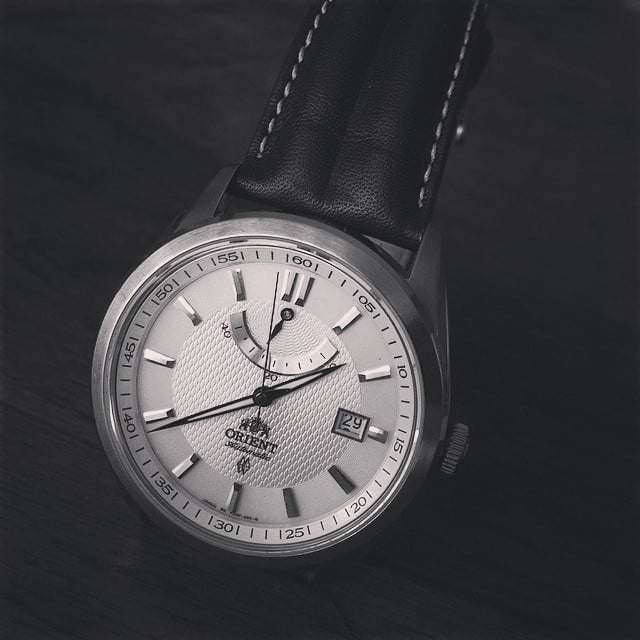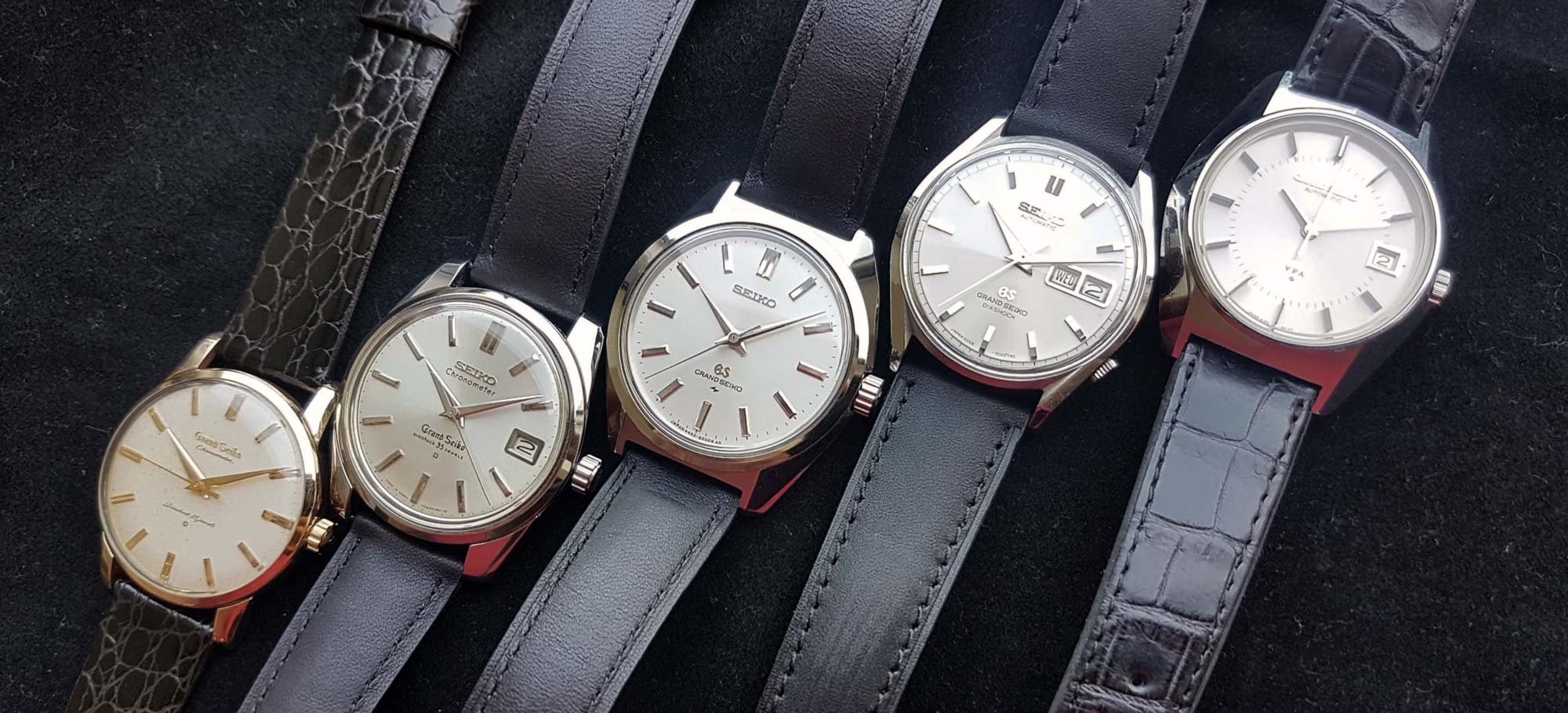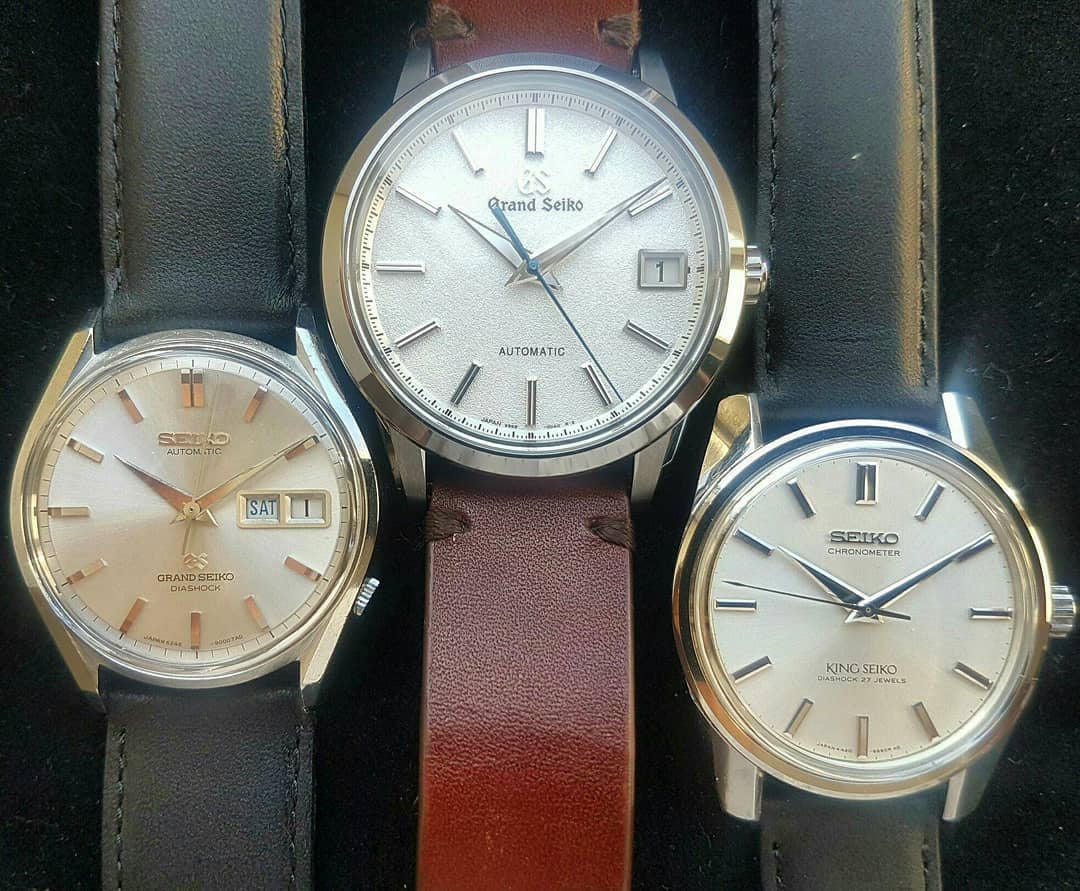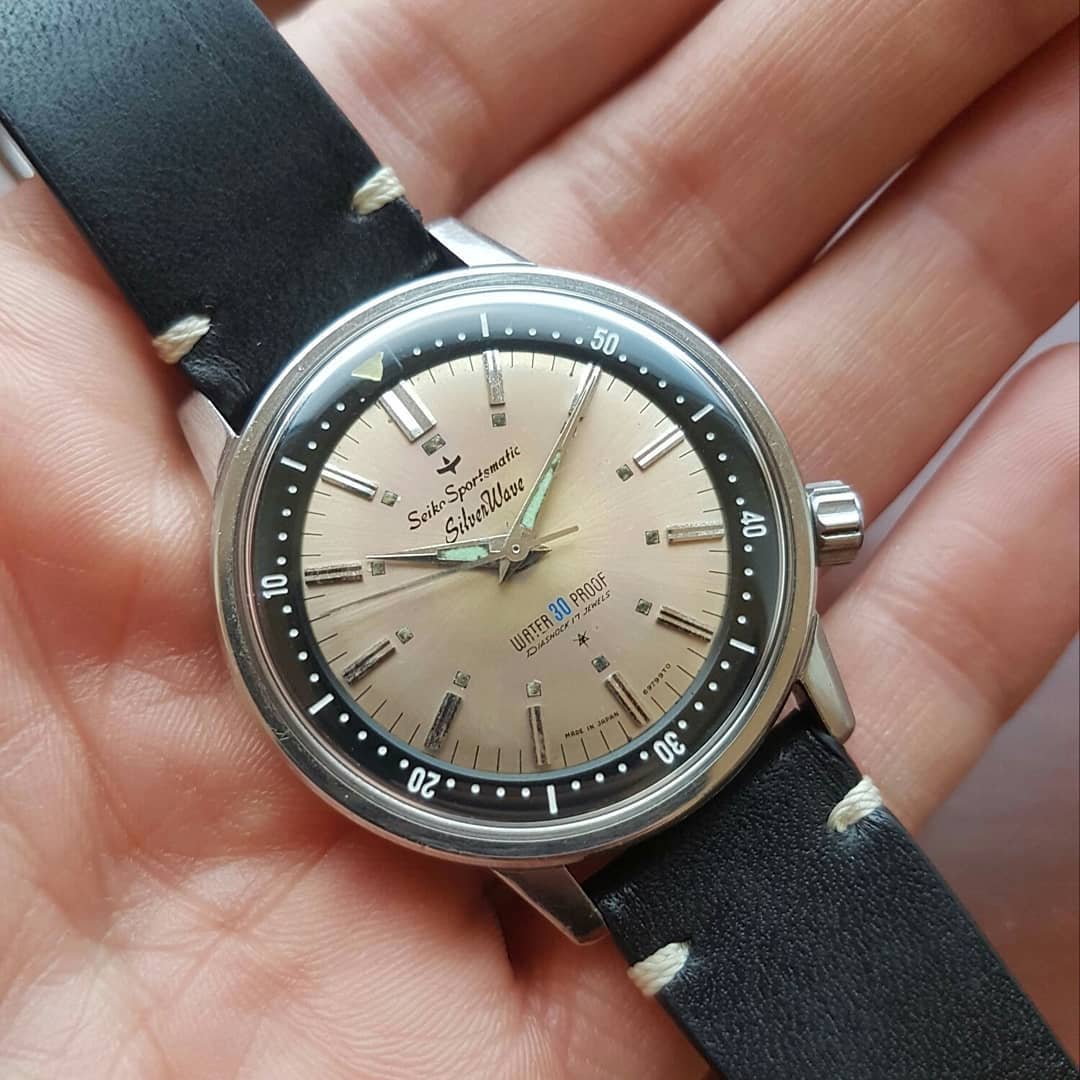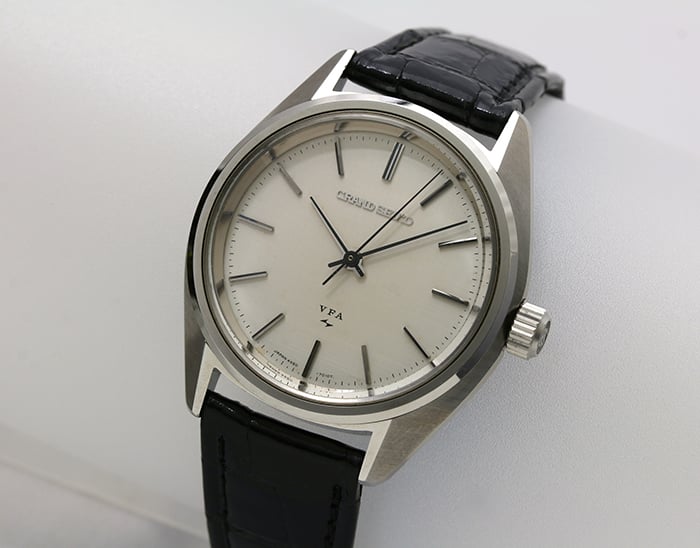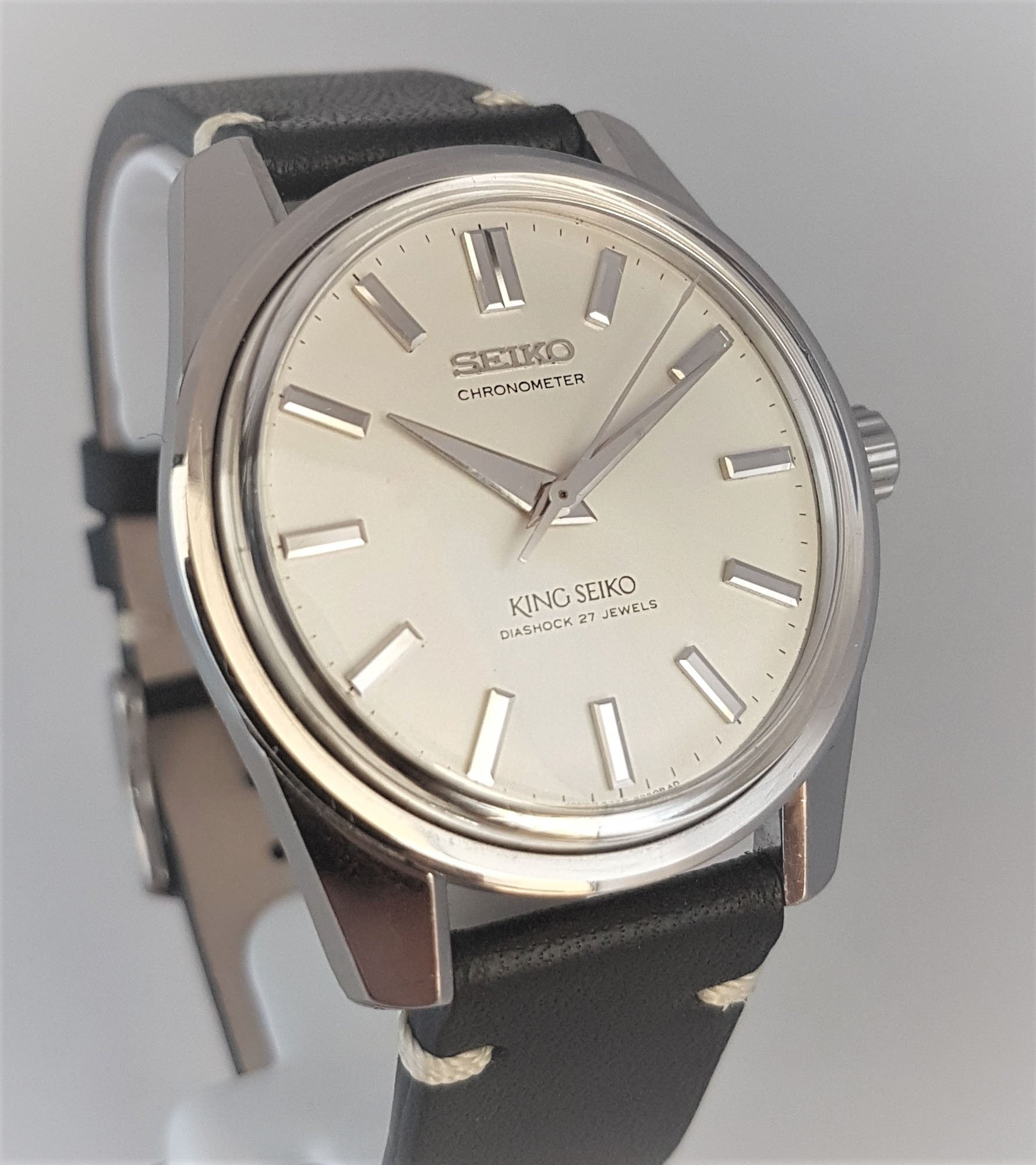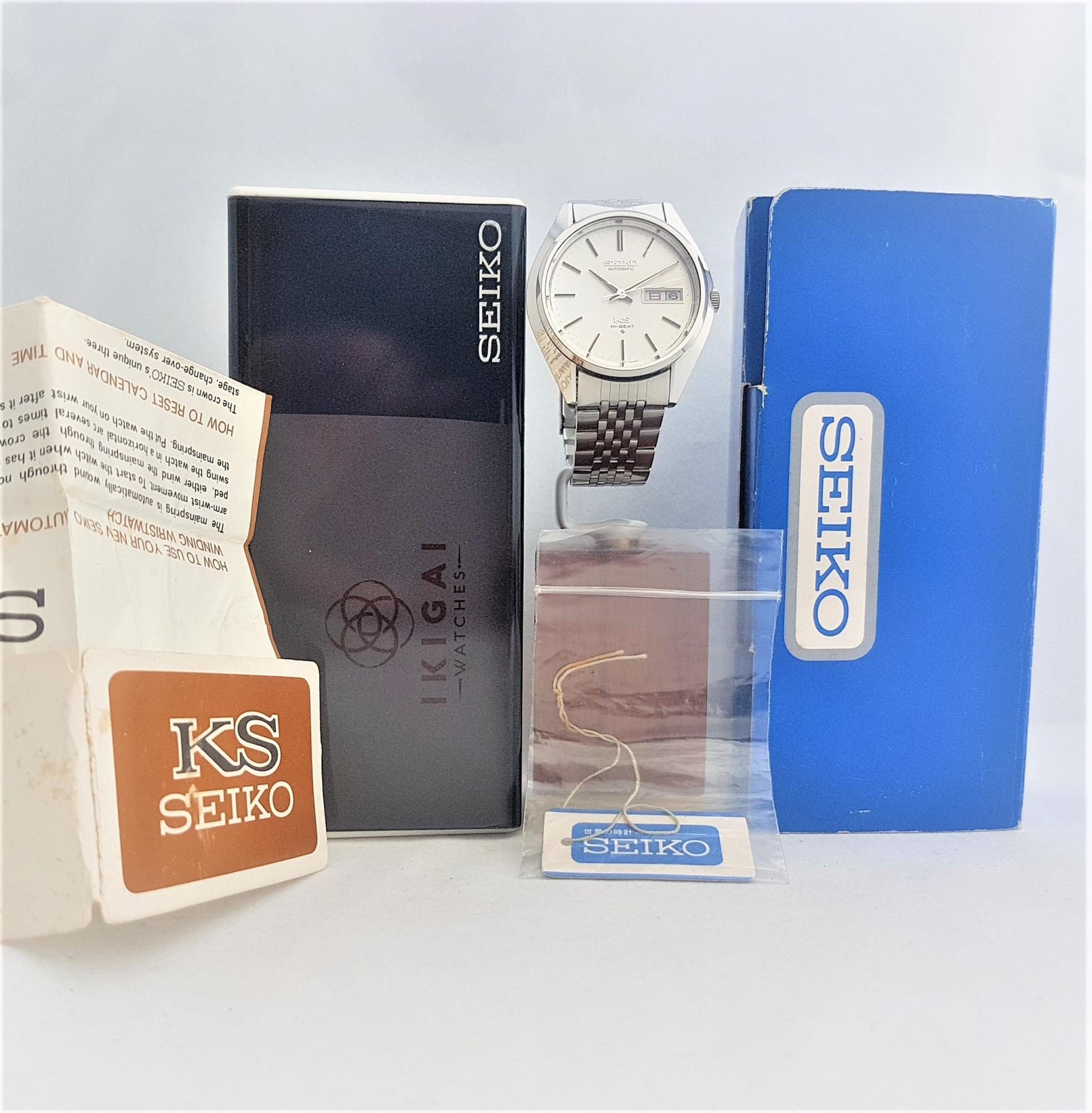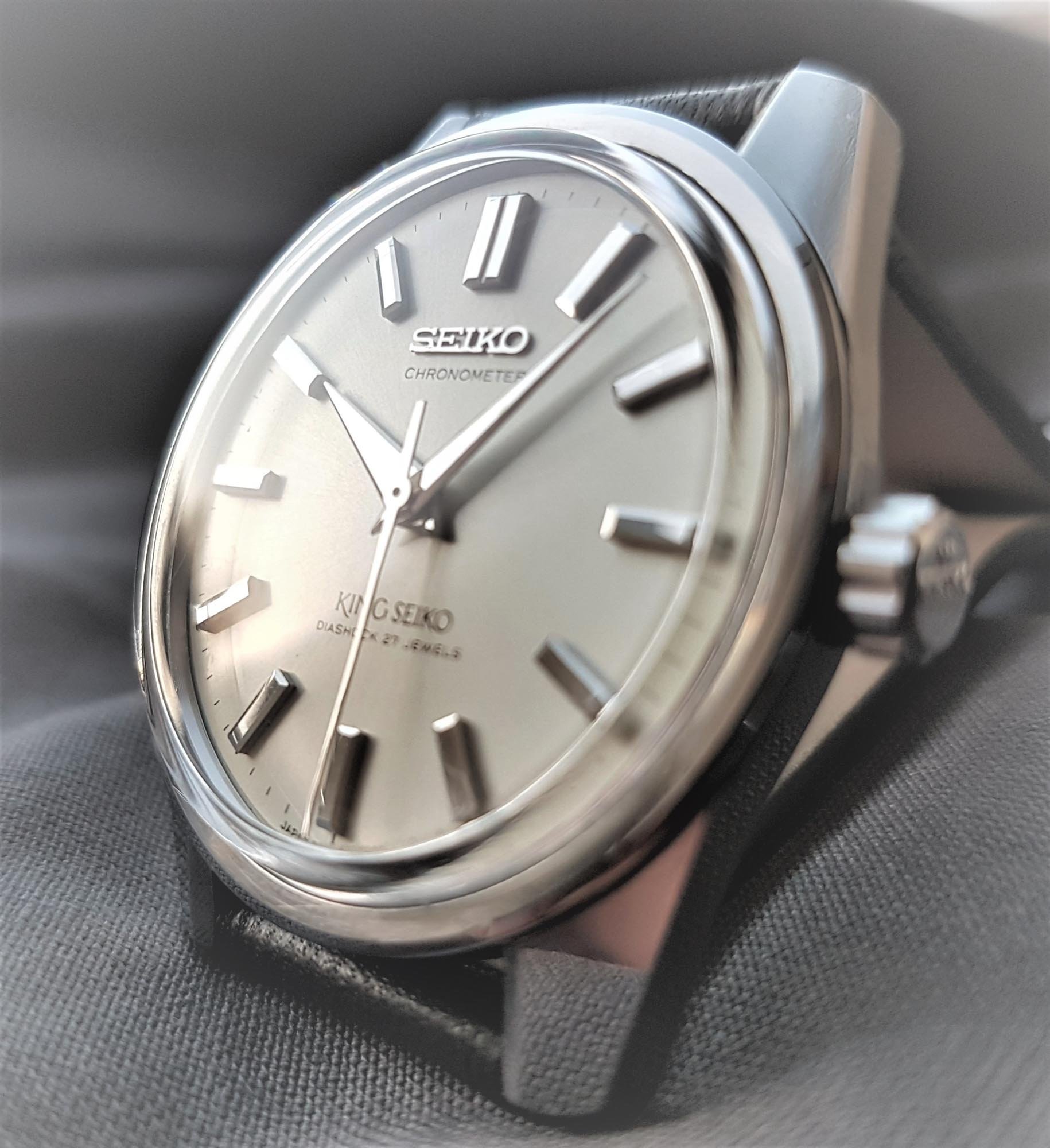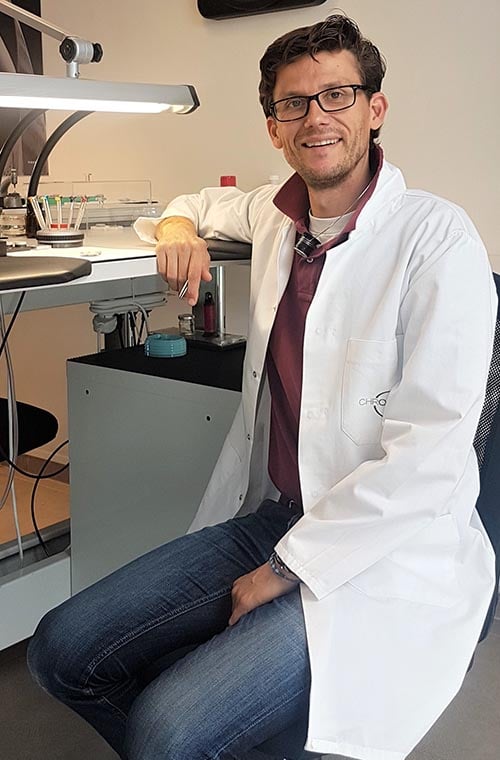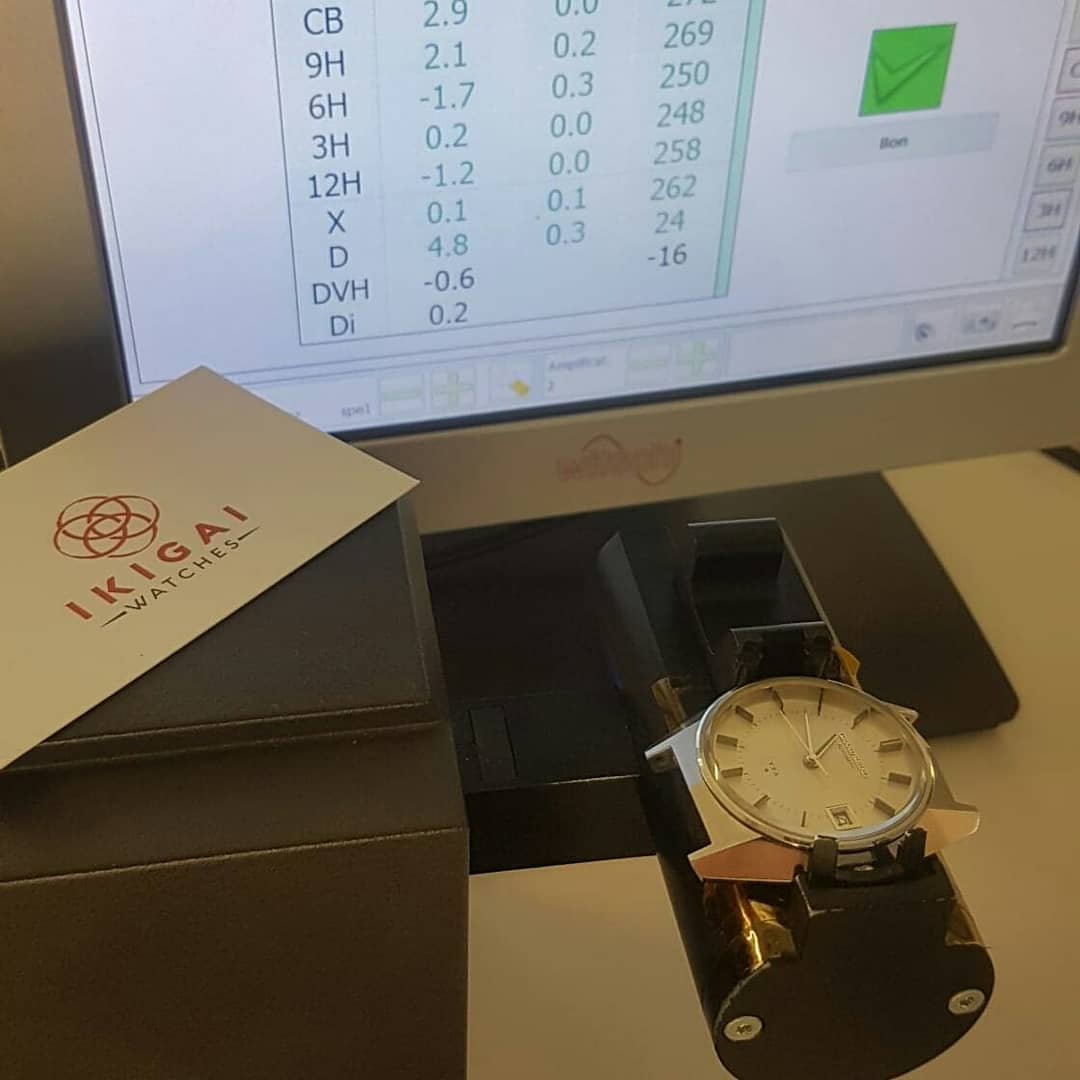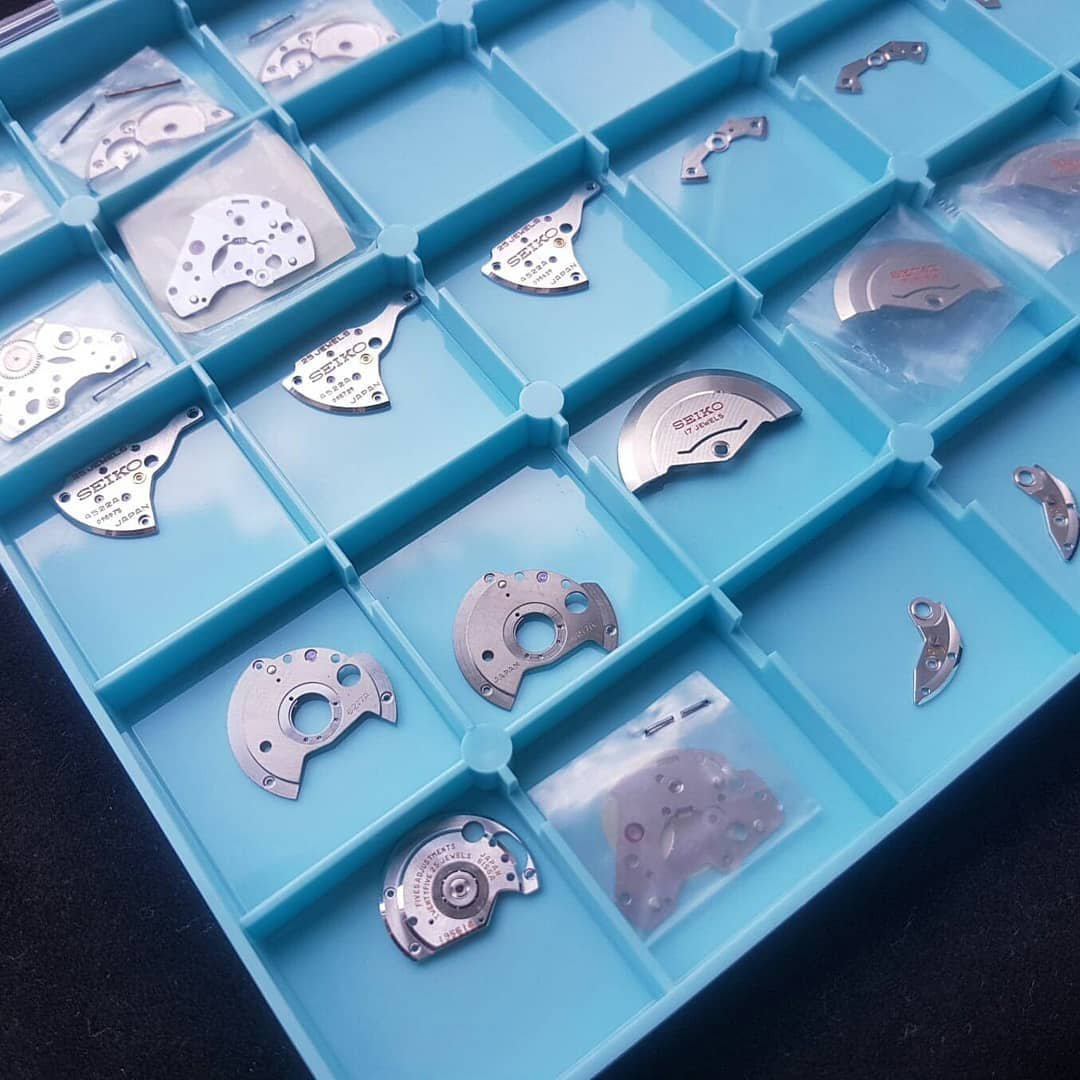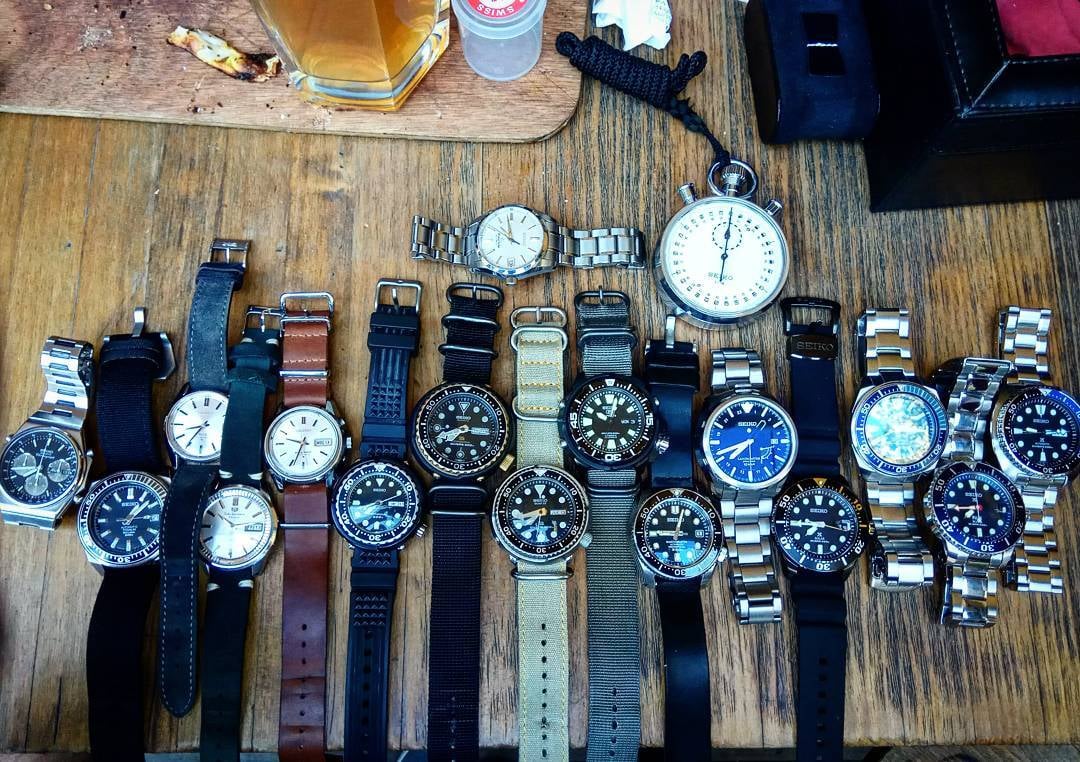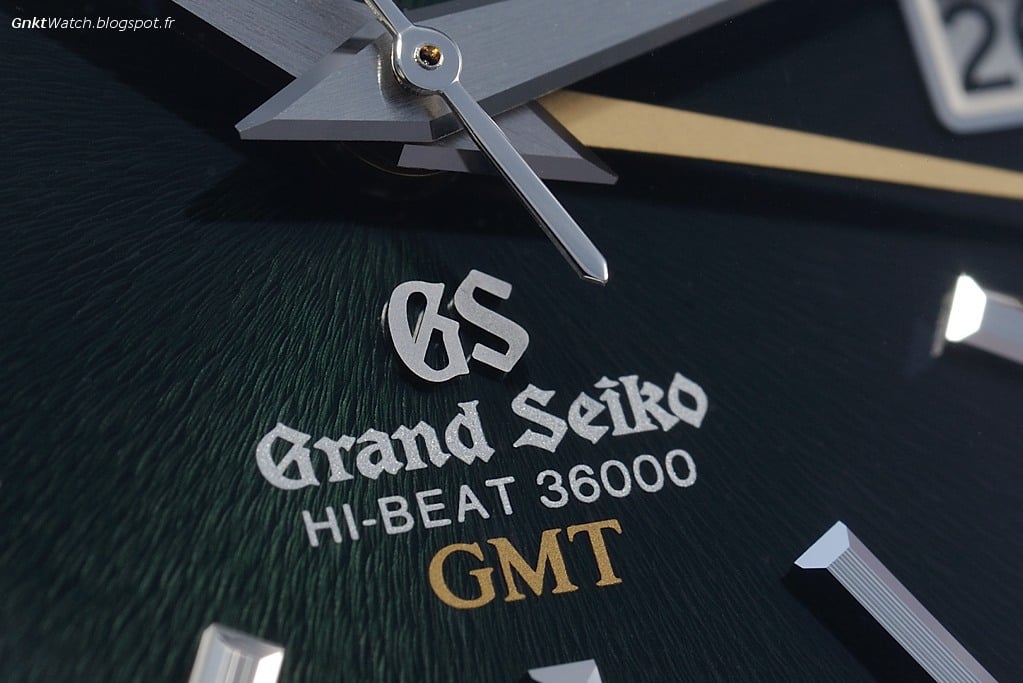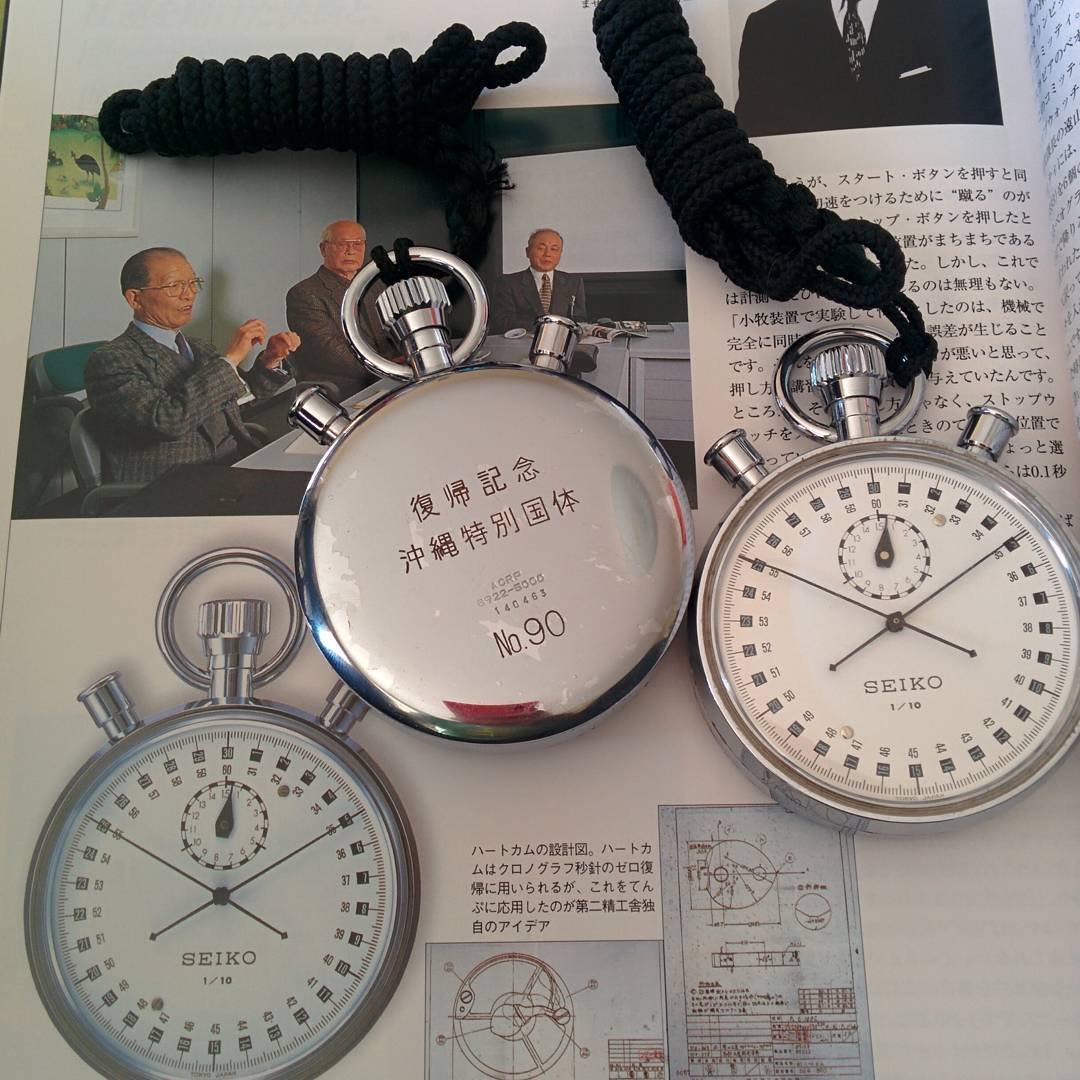Meet The People Behind Ikigai – Selling Vintage (Grand) Seiko
Writing that vintage Seiko is very popular is slightly understated. It is huge. It is the brand that allows you to enjoy vintage references (that are even historically relevant) for a few hundred Euro or Dollars to highly sought-after vintage (Grand) Seiko references that will set you back a few thousand Euros or Dollars.
Ever since Mike Stockton is writing for Fratello, I’ve noticed this in my own collection of watches. The number of (vintage) Seiko watches increased rapidly. It is highly contagious and it will not break your bank.
One of the concerns though, that is also shared by our own Fratello watchmaker Paul (who is currently occupied with customizing the trunk of his Maserati, with special compartments for transporting watches from and to his workshop). He often complains that the vintage Seiko watches he receives for service or repair, have not seen any type of maintenance for the last few decades, or at all, even. Most of these watches have been daily beaters for their owners, so it often results in trying to find original movement parts to replace the ones that are worn out. Now, our local Seiko distributor is close to our office and is able to service vintage watches, but there’s no guarantee that they have all spare parts in stock either.
Ikigai Watches
Enter Ikigai Watches from Belgium. They offer vintage Seiko watches, including King and Grand Seiko, fully serviced and with warranty. Not only that, but the watches are also regulated to their original standards. For today’s article, I talk to Arnaud, co-founder of Ikigai Watches that he runs together with watchmaker James.
What does Ikigai mean?
Ikigai is a Japanese concept that doesn’t really have any equivalent in English or even in our occidental culture. Ikigai could roughly be translated as «the reason for being». It’s a concept at the crossroads of job, passion, mission and vocation. If there is something you are good at and if you can be paid for doing it, then it’s a job. If there is something you are good at and if this is something people really need, we can call this a vocation. If there is something you love doing and if this is something people really need, then this is what we could call a mission. And if there’s something you’re good at and that you love doing it but can’t be paid for, this is simply a passion. Ikigai is a mix of all those things. We love what we do, we get paid to do it, we like to believe we are good at it and we feel like we offer a service that was really needed in the Seiko community.
We came across this concept while working on the very early days of our adventure with James and we really felt like this project we were working on was truly our ikigai, and this is how we found this very meaningful name. But for us, the most important aspect we want to highlight is definitely the passion.
What was your first Seiko watch and was it that watch that started your passion for this Japanese brand?
I only started getting really interested in watches when I was a student and had absolutely no money. I received a very nice Orient watch from my parents for my 21st birthday and it was my first mechanical watch. At this time, I was looking at Seiko just like any other entry-level brands and after getting my dressy Orient, I wanted something sportier and felt like checking the famous Orange Monster, so I dropped by a local shop that had a few Seikos. Sadly, they had never heard of the Monster but they had a blue Sumo (SBDC003) in the display. I didn’t really like this watch in pictures and couldn’t get my head around all the hype this watch was getting. But I still tried it, just to see… And I was smitten!
I received this very watch as a gift from my parents to celebrate my diploma a few years later. So, even though Orient is 51% Seiko, I’d say my first true Seiko was the Blumo.
It’s when I started to get interested in the history of the brand that I really got hooked. And I’m pretty much a one-track minded guy, if I get interested at something, I go all in. And the amazingly rich history of Seiko is a constant source of discovery and it continually feeds my curiosity.
Where did you meet your Ikigai partner James?
We met thanks to social media. I was buying some vintage watches from Japan that I would sell back to collectors here in France, mainly through Facebook. This is what drew the attention of a friend of James that put us in touch. James was a freshly converted Grand Seiko lover and had heard about the great watches Seiko made back in the 60s and 70s and he was very interested in what I was doing and he saw a great business opportunity. Then we actually met at the inauguration of the Seiko Boutique in Lille, Northern France, where we were both invited.
You offer all sorts of Seiko watches, from vintage Seiko divers to King and Grand Seiko models. Sometimes even young occasions of the Grand Seiko collection. What is the average price of your sales?
Well, this was quite a surprise for us but the average price of our sales is around the 2500/3000€ mark. At first, we thought we should try to focus on the affordable entry-level watches but we realised that for this kind of watches, people tend to buy it on their own as they are not taking that big of a risk.
What we offer is security, when you buy a watch from us, you know it’s all original, serviced, adjusted and warranted. When you buy a worn out entry-level watch for something 200 or 400€, the risk is part of the game. But when you start to put more money into a watch, this is when you want security, you want to be sure of what you pay for. And we also try to focus more on special watches, full sets, NOS watches, things you can’t find anywhere.
Can you tell us something about your clients?
They are mostly men (even though a few of our watches ended up on ladies’ wrists) that already know Seiko and know what they are buying. Even though we wanted to focus more on Europe, on our first year of business, we sold watches all around the world, from Switzerland to Japan, from the US to Sweden or Singapore. Our clients buy from us because they trust our expertise and that we do our best to offer the best service possible at the best price possible. The other thing I’m really happy with is that we actually became friends with some of them. Keeping the human at the center of what we do is super important for us.
There’s also another kind of client, it’s the collectors that send us their watches for service. We are getting more and more people turning to James for his expertise and magic hands. And having access to the service parts from Seiko Europe is a huge plus for us.
What is your favourite vintage Seiko and what is your favourite vintage Grand Seiko?
Thank you for separating the two brands, it’s a little bit easier for me to choose… but still very hard. For Seiko, I’d probably say the Silverwave J12082. Such a cool watch. Perfect for my small wrist, great looks, tough movement, waterproof… I really need to buy myself one of those!
For Grand Seiko… Tough one… I think I would have to go with one of my grails, the 45GS VFA reference 4580-7010. Probably the very best watch ever made by Seiko, period.
Do you feel King Seiko is undervalued?
Absolutely! They are absolutely amazing watches. Some of them were very close to Grand Seiko in quality. I would even dare to say that they were even better than their Grand Seiko rivals. The 44KS Chronometer is a great example of that. King Seiko also did amazingly well with the caliber 52 used in the 52KS. This movement was a big inspiration for Akira Ohira when he created the 9S caliber for Grand Seiko in 1998.
But yeah, King Seiko is such a great alternative when you want a very good quality vintage Seiko but can’t put too much money on the table. Most of their movements are very very close to Grand Seiko, especially once finely tuned by a good watchmaker, and they definitely share the same philosophy of design. If you’re out for something a bit funkier, they also have some cool designs with the Vanacs and others very 70s-like designs.
You can’t go wrong with KS and they offer a great bang for the buck. And I don’t mind them being undervalued, for now, it’s what makes them so popular among vintage Seiko lovers. When people will realise that a lot of King Seiko actually followed the same standard as the COSC, maybe their value will go up. But let’s keep it that way for now.
What would be the vintage Seiko (King/Grand/Diver etc.) to purchase today if someone’s new to this brand and what to start a decent collection?
It’s very hard to answer that question, it really depends on what you’re looking for and the kind of money you’re willing to put on the table. I think the 44KS Chronometer is an excellent start (and a best seller for us), it has a great presence on the wrist, it’s classy but not overly dressy, it’s a very interesting watch historically speaking and it has the best low beat movement Seiko ever produced. For something more sporty and a bit less expensive, I’d say a Crown Chronograph monopusher. Historic watch, great movement and it really look amazing. If you’re really on a budget, the Bellmatics are super cool and for a great price, you have a mechanical alarm watch.
Is it true that you are able to service and repair all Seiko and Grand Seiko watches yourselves? And that you offer them with manufacture standards regarding regulation?
Yes, James is an outstanding watchmaker and he services each and every single watch that we offer. He got the chance to meet people from Seiko Nederlands (they are the one dealing with the Belgian market) and when they visited his workshop and saw his work, they decided to give him access to the service parts from their service center for Europe.
Seiko has always been about precision, this is even what the name of the brand stands for. And even more so King and Grand Seiko.
We quickly realised that those watches are so amazing and so well made that even 60 years after they were manufactured, James can adjust them back to their original standards. For King Seiko, we use chronometer (COSC) ratings and for Grand Seiko, the Grand Seiko standard. Even the VFA we have in stock has been adjusted according to original VFA specs. All the watches are tested on 6 positions and we give the detailed results of the tests when we sell the watches, including the delta, which is the biggest difference between two positions. It’s easy to say «this watch runs at +1s/d on average» or «it runs at +0s/d on the dial-up position». But this doesn’t mean much if you don’t know the delta. And when James has a crush on a watch, he wears it for a few days and he keeps on adjusting it depending on how it behaves on his wrist. But if you ask me, I think that’s just his excuse for wearing the watches he really loves outside the workshop. Haha
The only thing we don’t test is how the watches react to temperature changes, as they are only tested at room temperature.
It’s a real pride for us to be able to offer this kind of service and we feel like this is how you get the best out of your watches. This is the very essence of Seiko and Grand Seiko. Even with a simple Seiko, you can have a super accurate 60 years old watch that will last for decades.
James is the watchmaker, you take care of the commercial side of things. However, you told me that this is still all a side project for you. What is your day-time job?
Yes, this is something that James and I both started as a side project. James runs a watchmaking workshop where he services watches for many big Swiss brands and I’m in a totally different field. I am self-employed and work as an osteopath near Geneva, in Switzerland.
Would you like to make it your full-time job at some point?
I really don’t know. I mean, I really love my daytime job, it allows me to work the hours I want to work, to take time for myself and my passion, and still earn a good living. I don’t know how things will change in the future but I’m really happy with the way things are for now.
You are French and James is Belgian, so both French-speaking. How big is the interest in Seiko in Belgium and France?
The interest in definitely growing. For a long time in France, Seiko was distributed through cheap jewelry shops in malls and the brand was seen as just making cheap quartz watches. Thanks to the efforts led by Seiko France over the years, this is slowly changing and the fact they opened many Seiko Boutiques in France and communicate a lot about Presage, Prospex, Astron and Grand Seiko is helping a lot. Seiko and Grand Seiko are also becoming very respected brands among the french watch community.
I don’t have much of an experience with the Belgian market but the feeling I have is that they care more about quality than an image, which is a very good thing. But the Belgian market still needs structuration to really bring Seiko to the front of the scene.
How do you look at the increased interest in Seiko and Grand Seiko over the past few years?
To be honest, it’s a bit of mixed feelings. It’s like when you’re the biggest fan of an underground music band that you would go see at the local venue, then one day they blow up, sell out arenas and sell millions of albums. You can only be happy for them but you know things will be different from now on. I think that this is due to the fact that we tend to make a brand «our own» and when things change, we can almost feel let down. But rest assured, I don’t feel let down.
So on one hand I’m saddened to see prices go up and witness the change of philosophy, but on the other hand, I’m really excited that the brand slowly gets the recognition it deserves. And I’ve learned to be OK with the way things change and evolve, it’s the very essence of life and I prefer to look at the bright side and not be too much of a fusty die-hard fan praising «the good old days» haha.
From the business perspective, things are a little bit different. Vintage Seiko are booming and this is great for us, but at the same time, we do our best not to the surf the inflation wave. It’s always hard to find the good balance as someone who deals with both passion and business. Our goal is to try to offer our watches at the market price (when there is one…) with only a small premium for our service. Things get even more complicated when you list a super rare all original undocumented watch.
Are you in touch with the Belgian/French Seiko community?
Absolutely, I started in the french-speaking community and I’m still very active in it, through social media, forums or events. It’s a great community where I made a lot of very good friends. I think passion is about sharing and you can’t cut yourself from the community. This is why I love writing articles and why I have some super exciting personal projects too for our amazing community.
What is your favourite modern Grand Seiko?
Tough one… I can’t choose only one. Plus I have a very emotional relationship to watches so it’s hard not to think about my own watches. My first modern Grand Seiko was the SBGR059, it’s the perfect embodiment of GS values in my humble opinion. It has a very special meaning to me as my first GS but also as a watch I acquired in very special conditions in Tokyo. I also have a stunning SBGJ203 that I absolutely love and that never ceases to dazzle me when I put it on my wrist. So amazingly beautiful. I almost had a car crash once because I couldn’t stop looking at my watch, they should put a warning on those watches I swear! For the past months, I’ve been wearing almost exclusively my new SBGN001. It’s just perfect for me, beautiful, light, comfortable, accurate. And I know I can put it own for a week or two and slap it on my wrist one morning where I’m running late and not worry about whether the watch is running or not if I have to set the time or not. The dials are gorgeous and the yellow actually doesn’t pop out as much as what I thought, it just gives a little touch of fun to the watch. Just like with the Sumo, I didn’t really like the SBGN001 in pictures, and was smitten when I tried it «just for fun». It became my daily beater.
At the end of the day, there are so many modern GSs that I absolutely love, whether I own them or not. If you put a gun to my head and forced me to give you an answer, I might say SBGJ005, the green dialed Hi-Beat GMT 44GS that won the Petite Aiguille at the GPHG in 2014. This is a very special watch.
But I’m a sucker for Spring Drive so who knows, my favourite modern GS might be announced at Baselworld 2019 for the 20th anniversary of Spring Drive.
What are the favourite pieces in your own collection?
I have a very small collection, I don’t even consider it to be a collection per se. But almost each of my watches has very special meaning to me, from an old LOV watch my girlfriend gave to me on our first anniversary, to my SBGJ203, almost every single one of my watches has a special meaning to me.
So I’ll go in a very different direction and talk about another favourite of mine with my Hi-Beat split-second stopwatch. This is the watch that won Seiko the privilege of being the 1964 Tokyo Olympic Timer, another amazing story. This very watch is almost NOS and was used in 1973 for a Junior National Swimming Competition in Okinawa but it still has the sticker on the back. It’s one of the most underrated and undervalued Seiko watches out there.
Can you tell us something about your future plans for Ikigai?
I would love to, but sadly can’t as the things we are working on at the moment are top secret for now… All I can say is that we have some super exciting contacts both in Europe and in Japan and that I would have never dreamed of working on such amazing projects with such great people one year ago. Things are moving super fast for us and we are sure you will hear more in the coming months.
Thank you for this interview!
Make sure to visit Ikagai’s website here.

